7 Irresistible North African Spice Blends That’ll Turn Your Kitchen into a Moroccan Market!
If you’ve ever dreamed of walking through a bustling Marrakech souk filled with colorful spice stalls and intoxicating aromas, this post is for you. North African spices are more than just ingredients — they’re stories in powder form, rich with history and packed with flavor. Whether you’re a seasoned chef or a weekend cook looking to jazz up dinner, these spice blends can transform your kitchen into a culinary Casbah.
Table of Contents
- Why North African Spices Are So Special
- Top 7 North African Spice Blends You Must Try
- Cooking Tips: How to Use These Spices Like a Pro
- Buying Guide: Choosing the Best North African Spices
- Final Thoughts
Why North African Spices Are So Special
North African cuisine spans Morocco, Algeria, Tunisia, Libya, and parts of Egypt. It’s a fusion of Berber, Arab, Mediterranean, and even French influences. At its heart? The spices. These aren’t just seasonings — they're the soul of the dish.
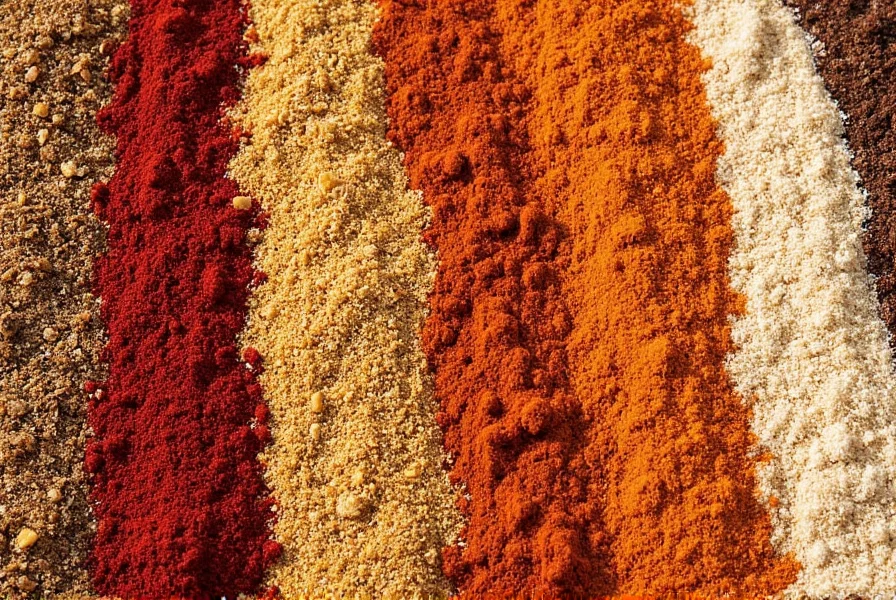
From the smoky warmth of ras el hanout to the fiery kick of harissa, each blend tells a story of trade routes, ancient traditions, and family recipes passed down through generations.
Top 7 North African Spice Blends You Must Try
Ready to take your taste buds on a desert caravan ride? Here are the must-have spice blends from North Africa:
- Ras El Hanout – Often called the “King of Spices,” this complex Moroccan blend can include up to 30 different spices!
- Harissa – A fiery chili paste from Tunisia that adds both heat and depth.
- Za’atar – Not to be confused with the Middle Eastern version, North African za’atar has a unique herbal twist.
- Chermoula – A fragrant marinade used primarily for seafood and vegetables.
- Baharat – A versatile all-purpose spice mix used in stews and rice dishes.
- Chili & Cumin Mix – A simple but powerful combo used across North Africa.
- Smoked Paprika (Pimentón) – Especially popular in coastal regions, it adds a deep, smoky note.
| Spice Blend | Key Ingredients | Flavor Profile | Best For |
|---|---|---|---|
| Ras El Hanout | Cumin, coriander, cinnamon, turmeric, cardamom, nutmeg, clove | Earthy, warm, slightly sweet | Lamb tagines, couscous, roasted vegetables |
| Harissa | Chili peppers, garlic, coriander, caraway, olive oil | Fiery, tangy, aromatic | Stews, dips, grilled meats |
| Za'atar | Thyme, sumac, sesame seeds, salt | Tangy, earthy, nutty | Dipping bread, seasoning meats, sprinkling on salads |
| Chermoula | Paprika, cumin, garlic, lemon juice, parsley | Fragrant, citrusy, peppery | Seafood, fish curries, vegetable grilling |
| Baharat | Black pepper, cumin, cinnamon, cloves | Warm, peppery, aromatic | Grilled meats, legume stews, pilafs |
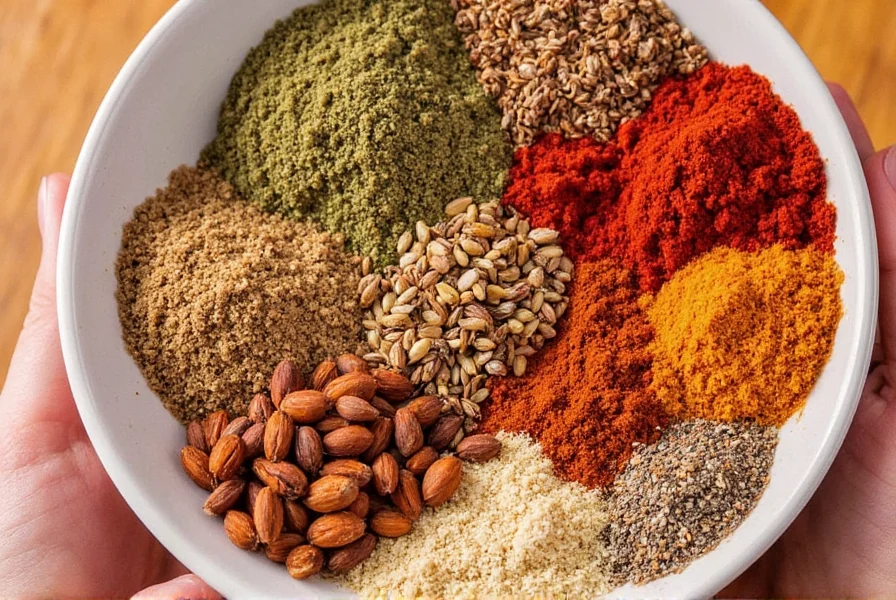
Cooking Tips: How to Use These Spices Like a Pro
Spices are like instruments — when played well, they create magic. Here’s how to get the most out of your North African spice collection:
- Toast Before Using: Lightly toasting whole spices before grinding enhances their aroma and flavor. Just don’t burn them!
- Make Ahead Blends: Pre-mix common combinations like baharat or ras el hanout so they’re ready when inspiration strikes.
- Add at the Right Time: Ground spices should go in early in the cooking process to bloom in oil; fresh herbs and citrus zest usually go in near the end.
- Pair With Olive Oil or Butter: Fat helps carry and release the flavors — especially important with dry spice mixes.
- Use with Grains and Legumes: These absorbent foods soak up spices beautifully. Think couscous, lentils, chickpeas, and barley.
- Don’t Be Afraid of Heat: North African cuisine uses heat differently — it’s layered with sweetness and acidity. Balance is key.
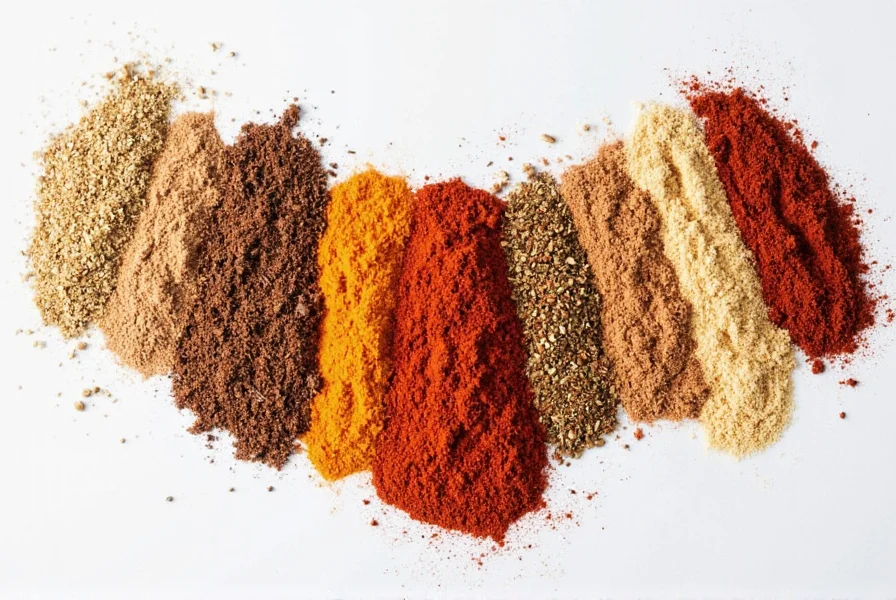
Buying Guide: Choosing the Best North African Spices
Shopping for authentic North African spices can feel overwhelming, especially if you're new to the scene. Here's how to choose the best quality products and what to look for:
What to Look For
- Freshness: Check the expiration date or packaging date. Freshness makes a huge difference in potency and flavor.
- Ingredients List: Avoid unnecessary additives like anti-caking agents unless specified. Authentic blends use natural ingredients only.
- Brand Reputation: Stick with brands known for traditional methods or have good reviews in online stores.
- Origin: If possible, buy spices directly from North African countries or specialty shops that source ethically.
- Texture: Ground spices should be fine and uniform. Whole spices should be vibrant in color and not dusty or dull.
Top Recommended Products
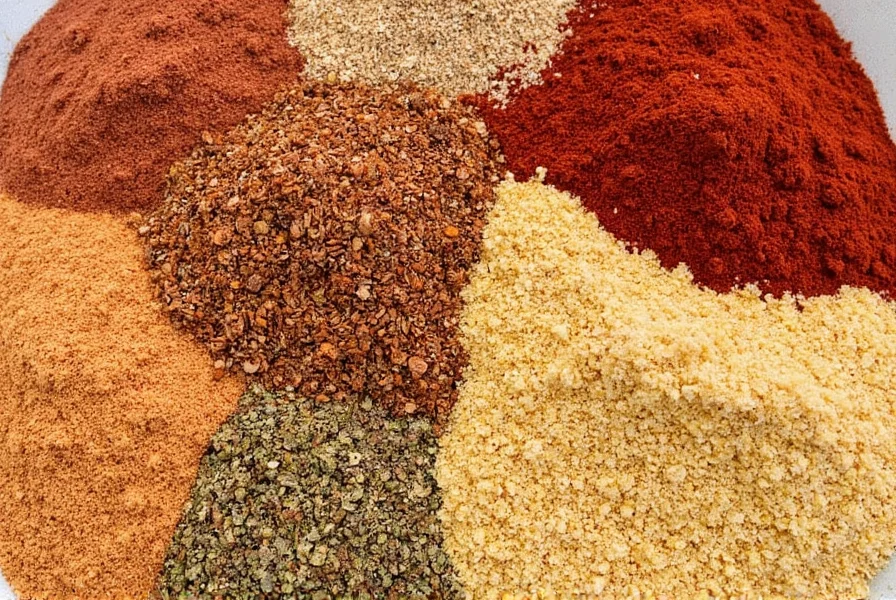
Ras El Hanout – Al Amin Spices
Features: Premium blend made in Morocco using over 20 spices including saffron and dried rose petals.
Advantages: Complex flavor profile perfect for slow-cooked dishes and festive meals.
Best For: Serious home cooks and foodies who love authenticity.
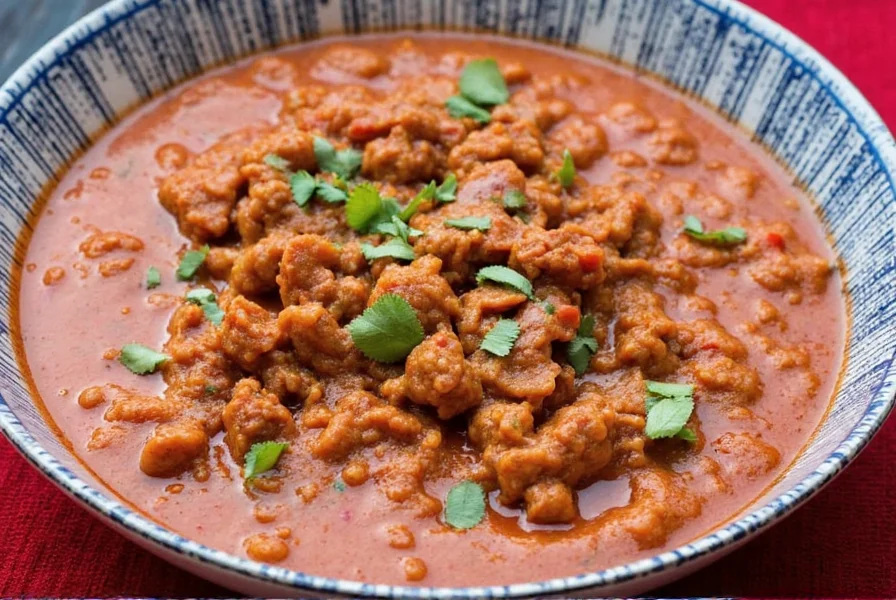
Harissa Paste – La Dalia
Features: Tunisian-made harissa with sun-dried chili peppers, garlic, and olive oil.
Advantages: Rich, smoky flavor without being overly spicy — great for beginners and chefs alike.
Best For: Everyday use in stews, dressings, and grilled veggies.
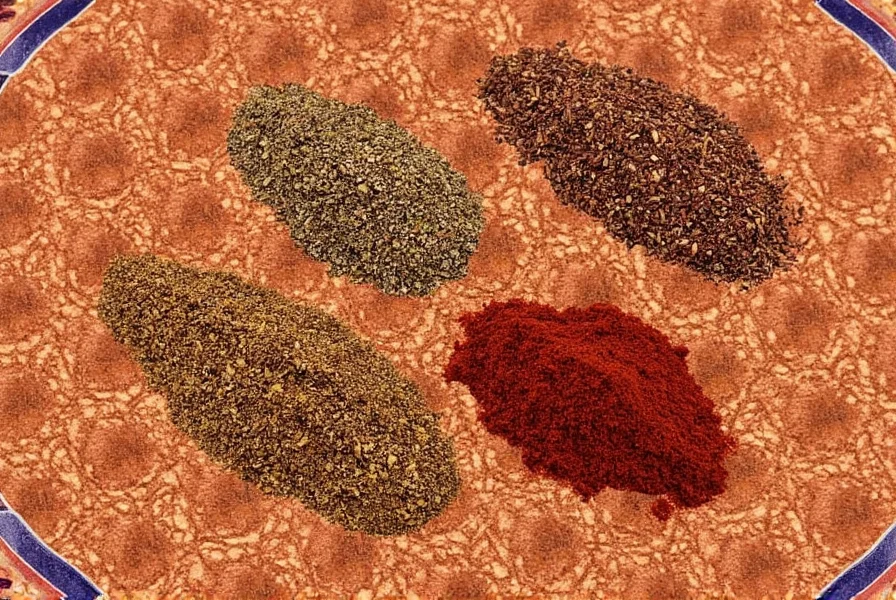
Za’atar Spice Mix – Z&Z Naturals
Features: Traditional blend of wild thyme, sumac, sesame seeds, and sea salt.
Advantages: Hand-sourced from Lebanon and Morocco, ideal for dipping and seasoning.
Best For: Breakfast lovers, salad spritzers, and Middle Eastern fusion fans.
Where to Buy
- Local ethnic markets (especially Middle Eastern or African grocery stores)
- Online retailers like Amazon, Etsy (for small-batch sellers), and specialty spice shops
- Direct imports from Morocco or Tunisia via fair-trade organizations
Final Thoughts
North African spices are like a passport to a world of flavor. Whether you're spicing up a lazy Tuesday or hosting an exotic dinner party, these blends offer endless opportunities for creativity and connection.
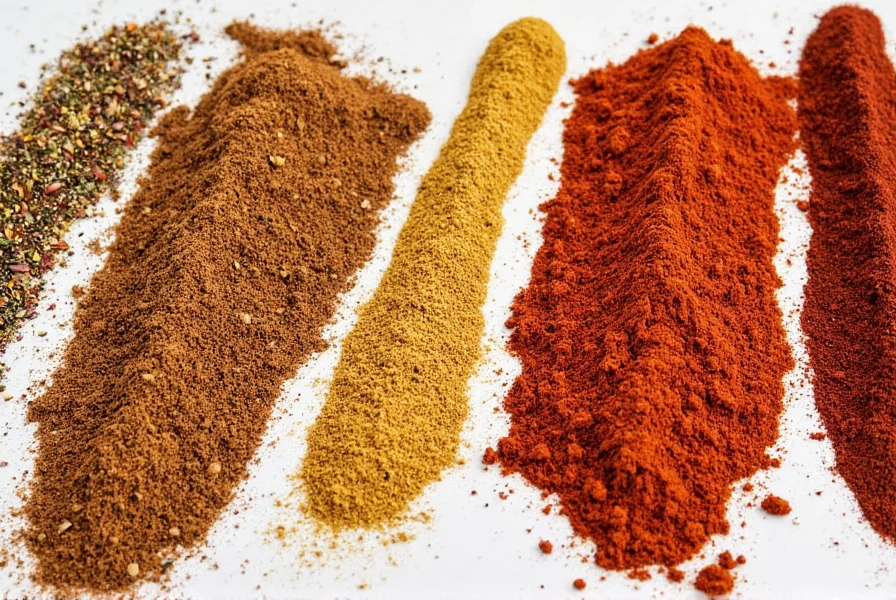
So grab your mortar and pestle, open your spice drawer, and let your kitchen travel south across the Mediterranean. After all, every bite tells a story — make yours a delicious one!

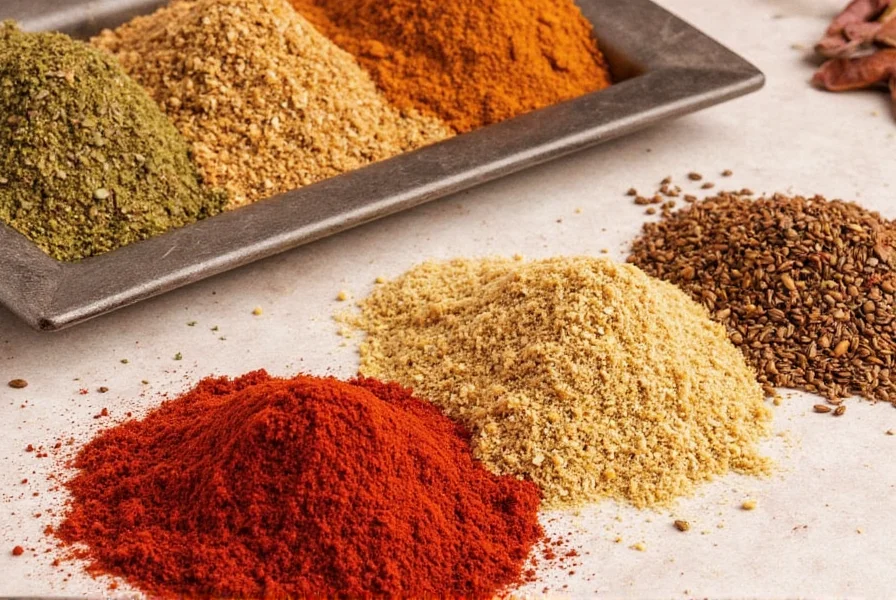









 浙公网安备
33010002000092号
浙公网安备
33010002000092号 浙B2-20120091-4
浙B2-20120091-4